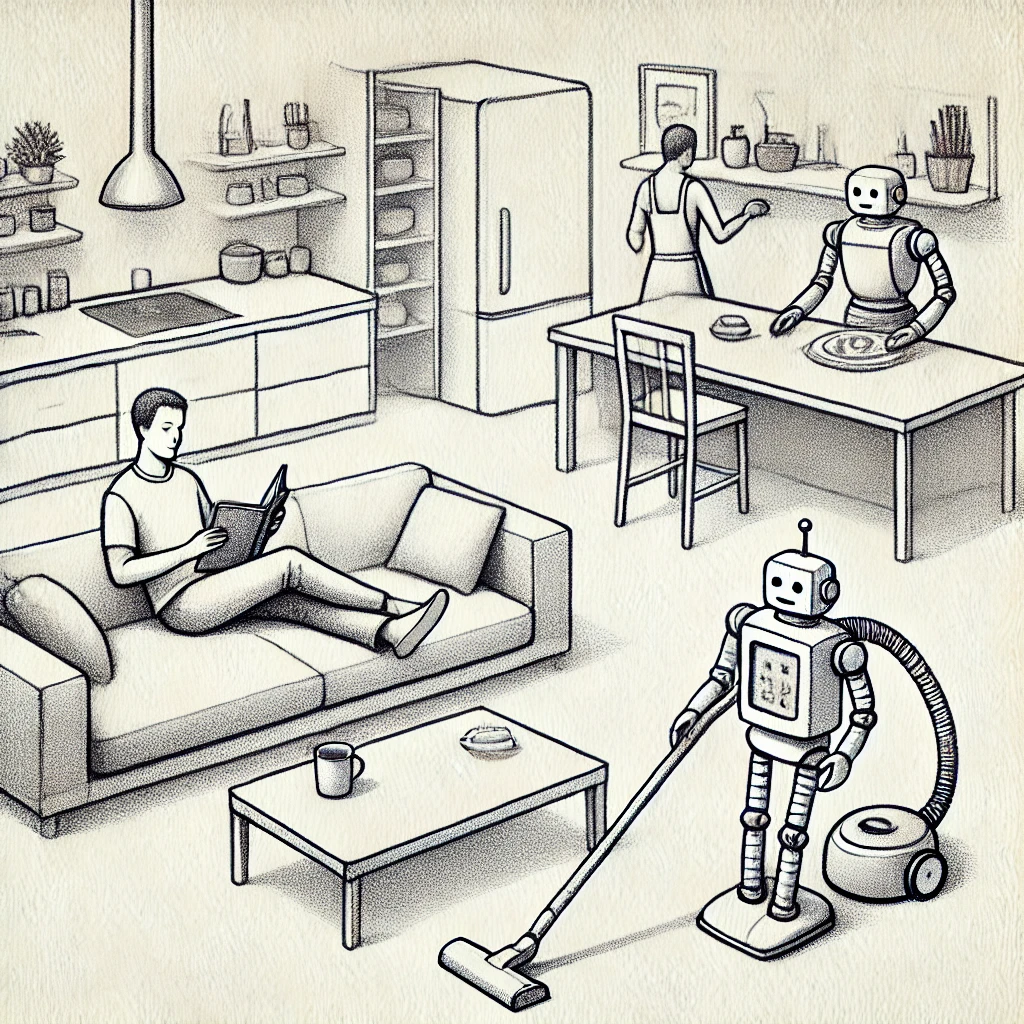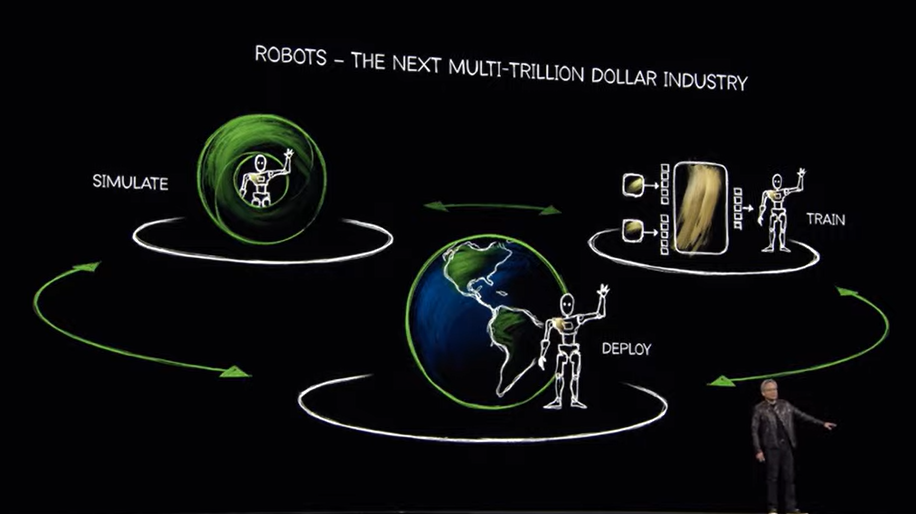
People have dreamed for decades about a world automated by robots so humans can just lie back and relax. Inspired by the idea of the ‘6 Million Dollar Man’, I found what I think may be the ultimate engineered replacement body part: an entire “human”. Humanoid robots mimic the human form, allowing them to carry out jobs in environments that are specifically built for humans. This is a growing market, predicted to increase to almost $38 billion by 2035, according to a Goldman Sachs report. With the rapid expansion of artificial intelligence (AI) as well, humanoid robots will likely have a glowing future.
A great example of a humanoid robot (and my favourite!) is Atlas, produced by Boston Dynamics. I’ve been a fan of Boston Dynamics’ robotics work for many years, so I had to give them a mention! Atlas was originally a hydraulic model designed for search and rescue operations in 2013, funded by the US Defense Advanced Research Projects Agency, but this model has since been retired and replaced by a fully electric, commercialised robot to be used in boring or more-importantly, dangerous work environments. Atlas is not yet available for purchase, but it shows great promise. This video from earlier this month showcases some of the new model’s dynamic abilities:
Combining humanoid robots with AI seems to be a pressing matter for this industry. AI models allow these robots to essentially train themselves, which helps them to develop and adapt to new situations more quickly. After starting my research into this blend, I watched the CEO of Nvidia, Jensen Huang, give a keynote speech in which he unveiled the world’s first open-source foundation model for the widespread use of humanoid robots, named “Isaac GR00T N1“, or ‘Groot N1’. This ‘generalist’ AI model is trained on both real and synthetic data, which makes humanoid robots more capable in a wider range of environments even with less training. With Groot N1 available to the public, along with blueprints and frameworks for synthetic training data, I believe this model will massively accelerate the production of capable humanoid robots.

I’ve always thought of humanoid robots as a force for good, but my research led me down a rabbit hole of ethics and fears surrounding their future. Here are just a few of the internet’s many concerns for you to think about:
- Could humanoid robots act autonomously in ways that don’t align with human values?
- If robots are capable of acting on their own accord, who is responsible for their actions?
- Humanoid robots, like Atlas, rely on sensors and cameras in order to perceive their environments. Could this be an invasion of privacy?
- Finally, if these robots develop to the extent of becoming ‘superintelligent’, could this lead to a future where the planet is controlled by machines?
In short, humanoid robots show great promise for creating my dream of an automated life by seamlessly fitting into environments created for humans. This is thanks in particular to the current efforts of Boston Dynamics with Atlas and Nvidia with Groot N1. However, I now realise that there are a whole host of important ethical and legal issues that should be discussed before the market for humanoid robots grows too large, to ensure our safety and privacy.
References:
Boston Dynamics. (2025). Atlas | Boston Dynamics. Available at: https://bostondynamics.com/atlas/ [Accessed 23 Mar. 2025].
Callari, T.C., Segate, R.V., Hubbard, E.-M., Daly, A. and Lohse, N. (2024). An ethical framework for human-robot collaboration for the future people-centric manufacturing: A collaborative endeavour with European subject-matter experts in ethics. Technology in Society, 78, p.102680. https://doi.org/10.1016/j.techsoc.2024.102680.
Du, J., Isayama, Y., Costa, D., Delaney, M., Zheng, N., Xu, O., Zhao, T., Li, Z., Chen, H. and Ye, Z. (2024). Humanoid Robot: The AI accelerant. Available at: https://www.goldmansachs.com/pdfs/insights/pages/gs-research/global-automation-humanoid-robot-the-ai-accelerant/report.pdf.
Huang, J. (2025). GTC March 2025 Keynote with NVIDIA CEO Jensen Huang. 18 March, SAP Center, California.
NVIDIA Developer. (2025). NVIDIA Isaac GR00T. Available at: https://developer.nvidia.com/isaac/gr00t [Accessed 23 Mar. 2025].
Obrenovic, B., Gu, X., Wang, G., Godinic, D. and Jakhongirov, I. (2024). Generative AI and human–robot interaction: implications and future agenda for business, society and ethics. AI & Society. https://doi.org/10.1007/s00146-024-01889-0.
Tong, Y., Liu, H. and Zhang, Z. (2024). Advancements in Humanoid Robots: A Comprehensive Review and Future Prospects. IEEE/CAA Journal of Automatica Sinica, 11(2), pp.301–328. https://doi.org/10.1109/jas.2023.124140.